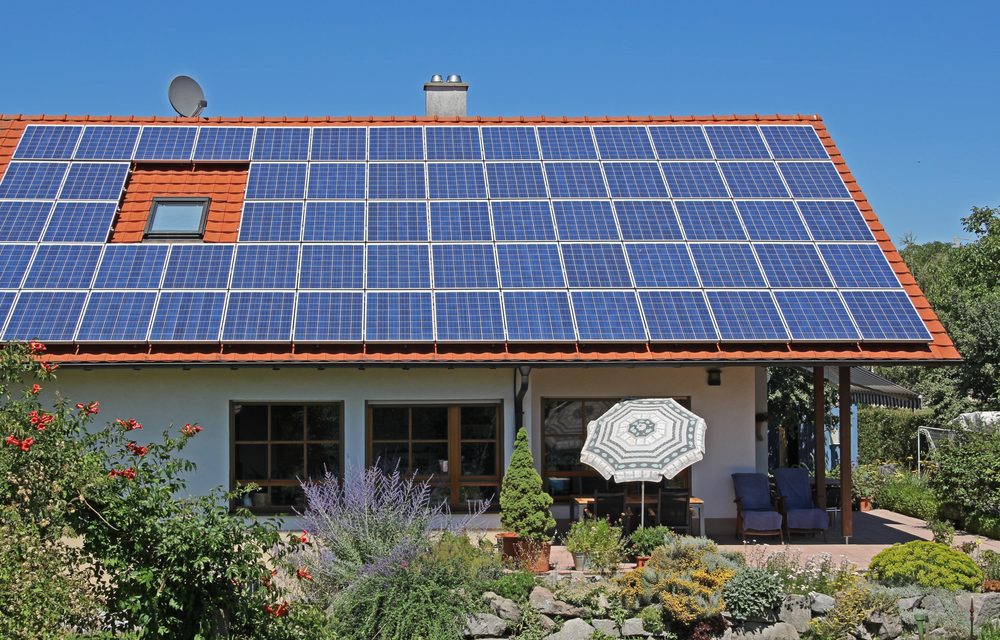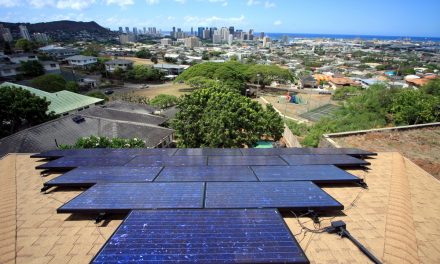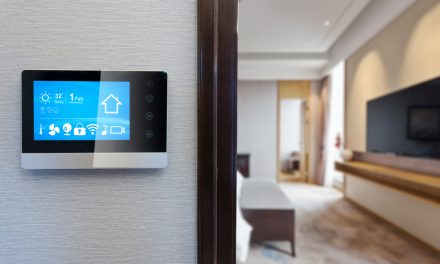First and foremost, do decide to go solar. But, like anything in life, it isn’t as simple as it sounds. Solar – while widely popular and having been around for decades – is still an expensive home upgrade. The benefits outweigh the cost, but in terms of making back your money in savings, it still takes around 20 years to recoup your expenses. That being said, reducing your carbon footprint and weaning ourselves of dependency on fossil fuels and switching to a renewable energy source, is still the only reason you should need to go all in. If you’re going to make the leap of faith, though, be sure that you do it wisely and right to get the most out of your investment.
Do
Before getting mired down in quotes and price comparisons, get your home audited first. This will help determine the best type of panels to install and where. It may even turn out your house isn’t suited for solar or can only support a small system. Check yourself before you wreck yourself.
While you’re checking on things, hop on that Google search engine and check to see if there are any rebates, tax incentives or credits being offered. It may be state-wide, on a federal level, or even provided to you by a solar installation company. These avenues can give you a huge leg up in covering the costs.
Pick a spot that is fully open to the sun, particularly during the hours of 10 am and 2 pm when the sun’s rays are at their most potent. You want to avoid installing in an area that is subject to long periods of time in the shade. While your panels will still work in the shade or when it’s cloudy and raining out, they don’t perform as well as when they’re getting full sun.
Don’t
Allow tree branches and other objects obscure their access to the sun. It isn’t just the shade that’s a problem, but the potential damage these branches and leaves can do to your panels is too high to risk. Trim your trees back regularly to ensure longevity and high performance.
Calculate your energy usage during a slow period. When the temperature is moderate and you don’t need to run your HVAC system as aggressively, your home uses less energy. When the sun is out for longer periods of time and you don’t need to turn on the lights until 8 pm, your home uses less energy. Factoring how much energy your home uses is key to determining the types and how many panels you need to power your home. Estimate too low and you’ll wind up with a system that can’t handle the load.
Go it alone. Consult a professional instead of taking the DIY route. There are some who will suggest “Yeah, you can install your own panels”, but they’re not being fully honest with you. You want a certified team of professionals undertaking this job. Because it’s such a costly endeavor to begin with, you don’t want to run up the tab by doing it wrong and having to course correct.




